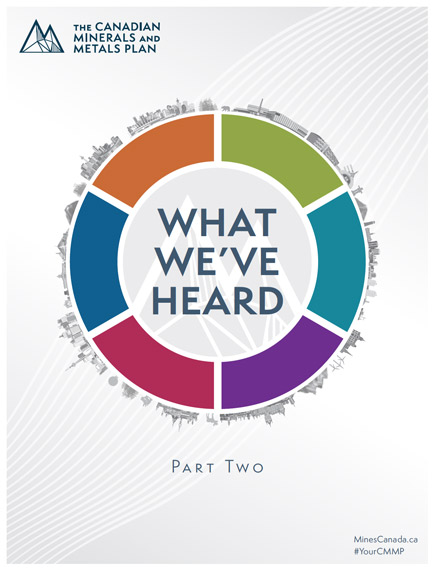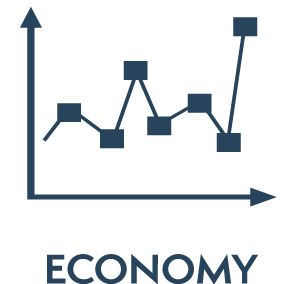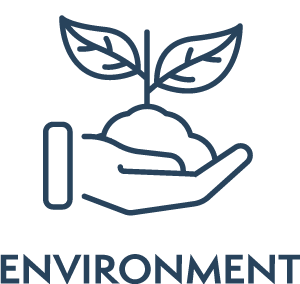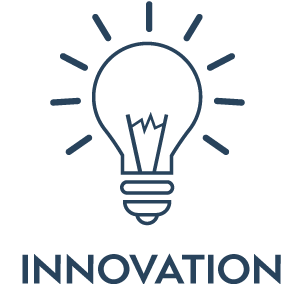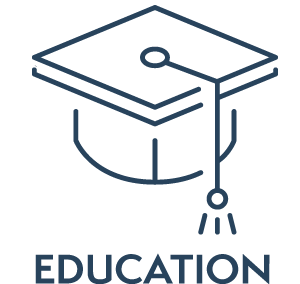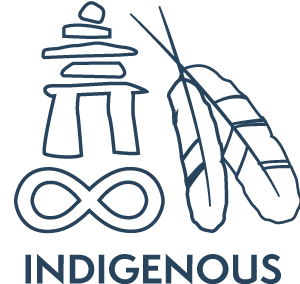What we’ve heard about Canada’s mining future
The Canadian Minerals and Metals Plan is collecting input online and in person from outreach and engagement events. See where we’ve been and learn more about what people are saying on the future of mining in Canada.
Read an Indigenous gender-based analysis by the Native Women's Association of Canada: Native Women's Association of Canada Submission (PDF, 820 KB).
Read the Advancing the Participation of Indigenous Peoples report (PDF, 657 KB) (available in English only).
You spoke, we listened. Here is part two of What We've Heard.
What We've Heard Part 2 (PDF, 6.14 MB).
Read our previous findings by downloading
What We've Heard (PDF, 6.13 MB).
Where we’ve been
We are taking a national approach to discussing Canada’s mining future, visiting provinces and territories across the country over the next few months. See where we’ve been so far!
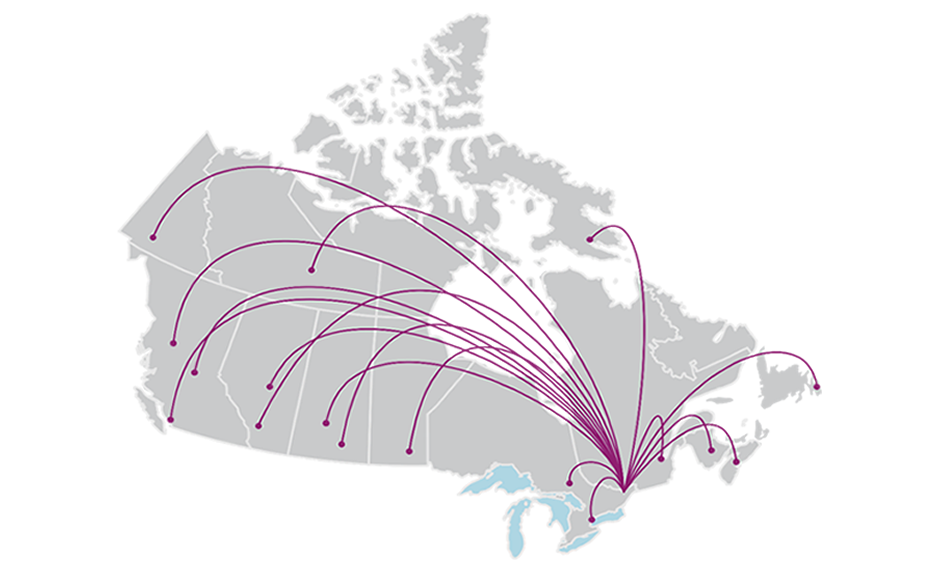
Text Version
A map of Canada highlighting where the team representing the Canadian Minerals and Metals Plan has been to chat with Canadians:
- Yellowknife
- Whitehorse
- Houston
- Vancouver
- Prince George
- Edmonton
- Calgary
- Regina
- Saskatoon
- Winnipeg
- Sudbury
- Toronto
- Ottawa
- Iqaluit
- Québec City
- Fredericton
- Halifax
- St. John's
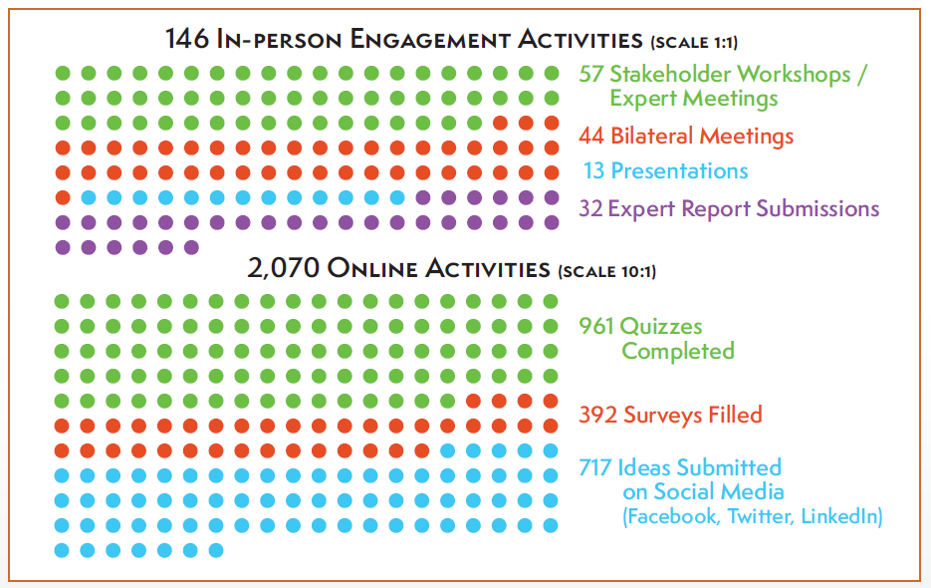
Text Version
A visual showing the number of in-person engagement activities and online activities related to the development of the Canadian Minerals and Metals Plan.
- 146 In-person Engagement Activities:
- 57 Stakeholder Workshops / Expert Meetings
- 44 Bilateral Meetings
- 13 Presentations
- 32 Expert Report Submissions
- 2,070 Online Activities
- 961 Quizzes Completed
- 392 Surveys Filled
- 717 Ideas Submitted on Social Media (Facebook, Twitter, LinkedIn)
Talking to communities
To date, we’ve received 49 comments on the six themes of discussion surrounding the Canadian Minerals and Metals Plan – we encourage you to read through them. Here is a quote from one of the participants:
We asked: What can be done to build a skilled workforce that is more diverse?
One respondent stated:
While mining is struggling to attract and retain a more diversified workforce, in the last few years a number of measures have been taken to rectify the situation. While only few, there are success stories related to attracting women, immigrants, veterans and millennials to mining. These stories need to be told to the general public to ignite curiosity so more people consider a career in mining.
The results are in
We asked Canadians to test their knowledge about mining and to take our Mining in Canada survey. How do your results match up?



Text Version
- 76% of people knew that in the mining industry, a cage is a device (similar to an elevator) used for hoisting personnel and materials.
- 70% of people knew that Fool's Gold is another name for the mineral pyrite.
- 2 in 3 of people knew that the fictional mineral vibranium is mined in the fictional country Wakanda.
Survey participants have shared their thoughts on a variety of topics!
- Mining is an integral part of the Canadian economy, providing jobs to many Canadians (especially in Northern Canada) including Indigenous Canadians.
- Canada's highly skilled workforce significantly helps our competitive advantage globally.
- More collaboration and partnerships when it comes to working with local businesses and communities.
- Focusing on sustainable mineral development is the key to unlocking Canada's economic potential while keeping environmental protection in mind.
- Many participants believe that environmental assessments are a priority that needs to be addressed while some indicated that this challenging process needs to be redesigned.
- Some people want to see Canada move towards creating and using more renewable sources of energy.
- Several participants indicated their concern for clean water supplies becoming endangered.
- Many people want to see increased support for research and development initiatives.
- Investments in the development of secondary and tertiary processing sectors for minerals, rather than exporting raw materials.
- Improving timely decisions on project approvals as well as engaging interested parties for input would greatly improve planning and oversight.
- An increase in public visibility of mining so that Canadians are aware that minerals and metals are necessary to maintaining their way of life.
- The need for developing education and mentorship programs as well as additional support for public geoscience and engineering research.
- More access and encouragement for youth to enter mining professions.
- The mining sector is a top employer of indigenous peoples and a major supporter of community involvement, including Indigenous businesses.
- Challenges around Indigenous land rights might affect the pace of mineral development.
- An increase in recognition of Indigenous decision-making, early engagement of Indigenous communities, and provide capacity support for communities to engage at all stages of a mine's life.
- Many participants want to see more done around resource revenue-sharing with Indigenous communities.
Keep the conversation going!


